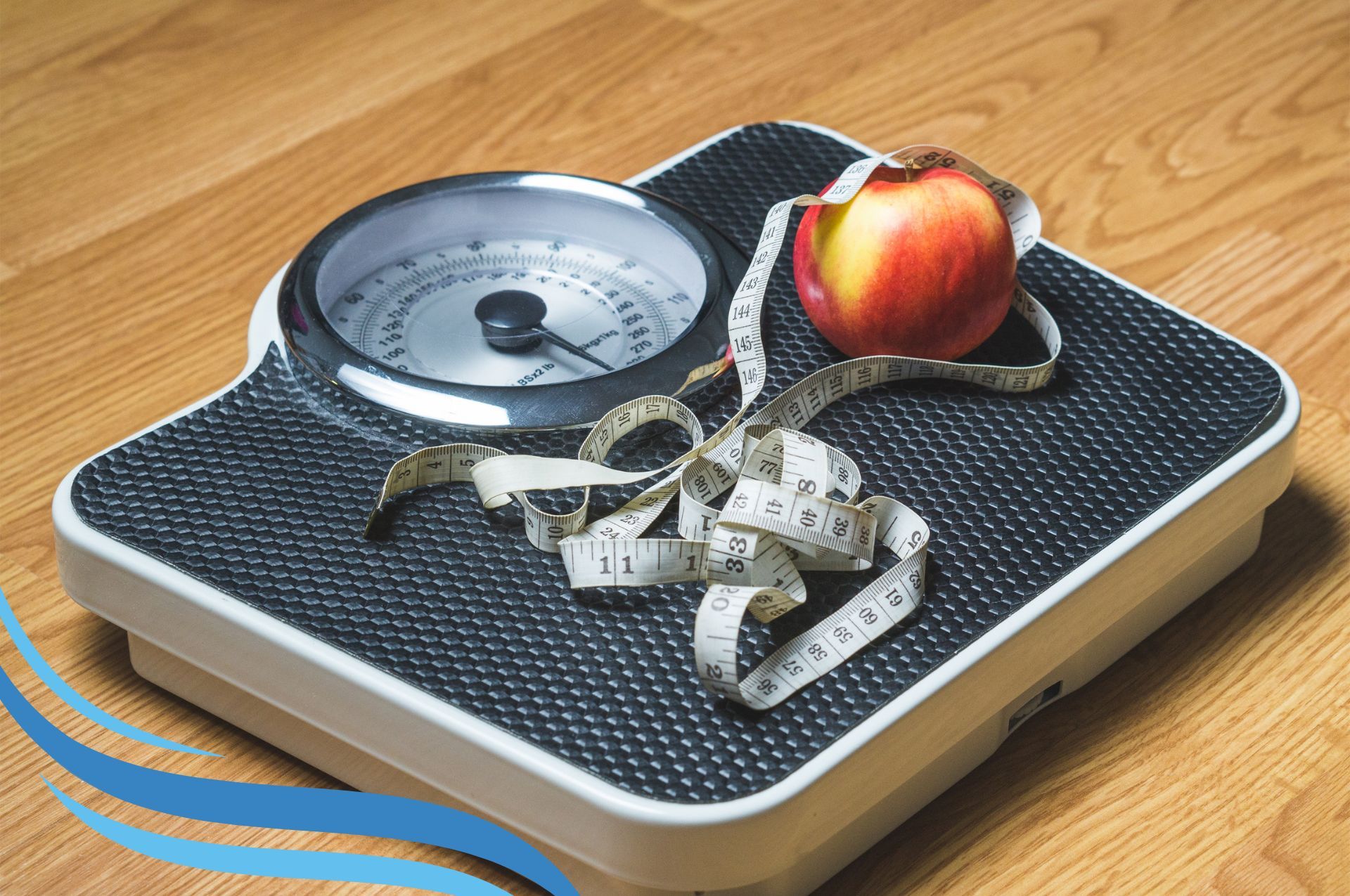The Best Type of Exercise When Recovering from Back Injury
Back pain is a common affliction that can affect a person’s ability to work and erode their quality of life. As much as 16.9% of the population in England suffers from this problem. Lower back pain is the most prevalent, although the problem can manifest anywhere along the spine, from the neck down to the hips. Recovery can take anywhere between a few weeks to several months. The pain can also be acute, chronic, or recurrent.
What causes back injuries?
The definite cause of back pain can be difficult to identify. In most cases, doctors will diagnose a case as non-specific back pain. The injury will often take the form of a sprain or strain that occurs without clear reason. The National Institute of Health does however identify certain factors that increase the risk of such injury. These include:
- Advanced age
- Being overweight
- Keeping poor posture
- Smoking
- Heavy lifting
- Genetics
Certain medical conditions, like osteoporosis and sciatica, can also contribute to back pain and will often have other accompanying symptoms. Practising healthy habits like regular exercise, keeping good posture, losing excess weight, and being careful when lifting can help avoid incidents of back injury.
However, when the injury occurs and the sufferer is in pain, care must be taken to avoid anything that would worsen the injury. Your doctor or physiotherapist will recommend exercises that can help to boost blood flow to the back area that is affected. Increased blood supply will ensure sufficient oxygen and nutrients are delivered to aid in healing and help strengthen the back.
Strengthening the muscles will help reduce the risk of further injury and make the back more flexible. It will also reduce reliance on pain killers to alleviate discomfort or pain. Here are the top 3 exercises one can adopt to help in this recovery.
Best Exercises for back injury recovery
Pelvic tilts
The pelvic area is supported by several muscle groups including rectus femoris, psoas major, and quadratus lumborum. When there is muscle imbalance, the pelvis will tilt incorrectly, relative to the rest of the body. This can cause imbalance, poor stability, reduced mobility and lower back pain. This corrective exercise can help to gently restore stability by lengthening and strengthening the abdominal muscles. It can also reduce the risk of back injury and pain by improving flexibility.
Here is what you need to do:
- Lie on a mat on your back and with your knees bent and feet flat against the ground
- Place your hands on either side of you and gently arch your lower back to push the stomach outward.
- Hold for 5 seconds and release
- Flatten your back against the floor by tightening the abdominal muscles and pulling your belly button towards the floor
- Hold for 5 seconds and release. Repeat up to 30 times daily.
Child’s pose
This is a beginner’s yoga pose that has proven helpful in easing back pain and improving flexibility. It stretches out the lower back muscles and inner thighs. It works well in loosening up tight abdominal, back, and hip muscles and improving circulation. This childlike pose can also be very relaxing. It stabilizes the spine by causing opposing actions that balance out the forces of the abdominal and back muscles.
Here is how to do it:
- Kneel on a mat with your feet together and knees hip-width apart
- Reach forward by extending your hands beyond your head as you bring your head to rest on the mat.
- Hold this folded over position for 20-30 seconds and release. Do this twice daily.
Single knee to chest stretch
When muscles in the glutes are tight or shortened, it can cause the muscles in the lower back to work extra hard to compensate during movement. This often leads to pain and cause disc herniation. This stretching exercise aids in relieving this pressure by improving the flexibility of the vertebral disc. It helps to stretch gluteus maximum muscles, relieving tension and pain.
Here is what you do:
- Lie on a mat on your back
- Bend your knees and ensure your feet lie flat against the floor
- Grasp one knee with both hands and pull it towards your chest
- Hold this position for 20-30 seconds while keeping your abdominals tight and spine pressed against the floor
- Return to the start position and repeat on the other knee. Perform this stretch 2-3 times, twice a day.
If you find it difficult to keep a grasp of your knees, you can modify it by placing them on your hamstring instead. Even after a few sessions, you should start to feel reduced pain, more stability of the pelvic area, and an improved range of motion.
Tips for effective recovery
Before you undertake any exercise following a back injury, ensure you get the opinion of your doctor or physiotherapist. Depending on the type of injury, even the gentlest of exercises may end up harming you. You will be guided on specific exercises you can use to stretch and strengthen your injured back area.
Be patient about recovery. Being active can help prevent injury but can worsen your situation if already suffering back pain. Do not push yourself too hard and follow the guidance of your doctor on how to pace yourself back to full recovery. Once your doctor approves, you can resume your normal activities.
Also, pay attention to how your body is responding. If a prescribed exercise seems to be worsening rather than relieving your pain, stop doing it and make consultations. As said, diagnosing the cause of back pain can be difficult and there could be something that was missed. Start slow and gauge how your body feels as you update your doctor on your condition.











